|
By Alana Menendez
Once we landed, Maria and I received a warm welcome back in Alakanuk, greeted at the airport with big hugs and smiles from Teddy. Alakanuk was stuck between seasons: snow machines were not all retired, and boats were not yet lining the banks. There was anticipation across the village about river breakup, and all conversations seemed to center on ice and who heard what from who upriver. Based on these upriver reports, Augusta and Teddy would relay timing predictions of ice breakup for Alakanuk to us. The uncertainty framing all discussions of flooding magnitudes seemed to come from a deep respect and knowledge of what the River was capable of. Still, they described the spring flooding as being almost gentle, not accompanied by the scary house-shaking winds of fall typhoons. Flooding preparations were made across town. Augusta listed off Elders that Teddy and Eric would need to help get items to higher ground. It was reassuring to know that everyone seemed to be accounted for. There are almost as many people living in Alakanuk as in my apartment building in Manhattan. At home, we will comment on the weather while stuck in elevator rides together; unlike in Alakanuk, these conversations often seem perfunctory and anonymous, and the weather feels mostly inconsequential. Our group, including local high school interns Theo and Kiera who joined the project again this summer, collected measurements across a wide range of conditions the following few days. On Thursday and Friday, May 25th and 26th, we collected water samples in Alakanuk Slough, including measurements from Teddy’s canoe with his handmade paddles. Teddy had purchased the canoe about twenty years ago from a French couple in Emmonak who had traveled down the Yukon River in it. I have been daydreaming about taking a trip like this since. On Thursday, the Slough was calm and with lots of ice, which we collected to melt down for colored dissolved organic matter analysis. On Friday, the flow was much faster, the river was filled with ice, logs and debris, and the water was considerably more turbid. Augusta – the IGAP Program Director and our close collaborator on the project - knocked on the Tribal Administrative building where Maria and I were staying on Saturday morning to check on us and let us know the ice was flowing. We were thankful for the update and the extension of care. Maria and I headed out for our daily sample collection soon after, and we were struck by what we saw. Flooded lakes around all homes. The Alakanuk Slough was covered bank to bank in crushed ice chunks of varying shapes, sizes, and textures and colors ranging from clear to muddy, sprinkled with large logs and some whole tree trunks. It was moving very fast. The road across from the school was breached, but there was still a constant flow of traffic: families on four-wheelers, kids with bikes, and many dogs, all with varying degrees of urgency. There were mutual hand waves with everyone encountered, which seems to always be the case when passing by someone in Alakanuk, but now it felt more like a gift of acknowledging that we are all here experiencing this momentous event together. An old copper fuel pipe attached to the slough edge was getting swept around as if it were a twig. The river seemed angry and violent to me. But by Sunday morning, the ice suddenly stopped moving altogether, while the village continued to flood; and I realized this was far scarier. This year was, indeed, the worst spring freshet flooding conditions the village has seen in years. We heard of an ice jam downriver and an ice jam upriver, and the question in everyone’s mind was which would break first. By midday, the ice in Alakanuk Slough began to slowly move. A woman passed in a pickup truck and struck conversation. We all exclaimed how relieved we were to have the ice moving again, preventing possibly massive flooding. She mentioned that she had had a large group praying for Alakanuk. Augusta offered that tides likely helped get the ice going again, which provided a logical explanation for my science-driven brain. But this still felt lucky. By Monday, May 30th, the Alakanuk Slough was mostly ice-free. People were out collecting wood. There were sawdust remains from the early birds who had already chopped theirs. Unlike the challenging logistics of getting most things to Alakanuk, the Yukon had delivered this wood right to them. Everyone seemed to be basking in the change of season. Boulders of ice littered the banks, being laid to rest after a long winter and journey. One man on a motorboat was already zipping around in the Alakanuk Slough. This felt like an extension of what Teddy had described as a fascination with being first on the ice and last on the ice, now first on the ice-free river. Feeling a deeper understanding of the power and importance of the Yukon, Maria and I went out to collect a water sample.
1 Comment
I had fun during the Flood this year in Alakanuk but the water was deep for my bike but we still bike around my and my brother and 4 other friends went to check old airport then we made it back safely back home but 2 days my grandma left then the tided stay down.
Reply
Leave a Reply. |
Archives
July 2023
CategoriesHeader Photo Credit:
Maria Tzortziou |
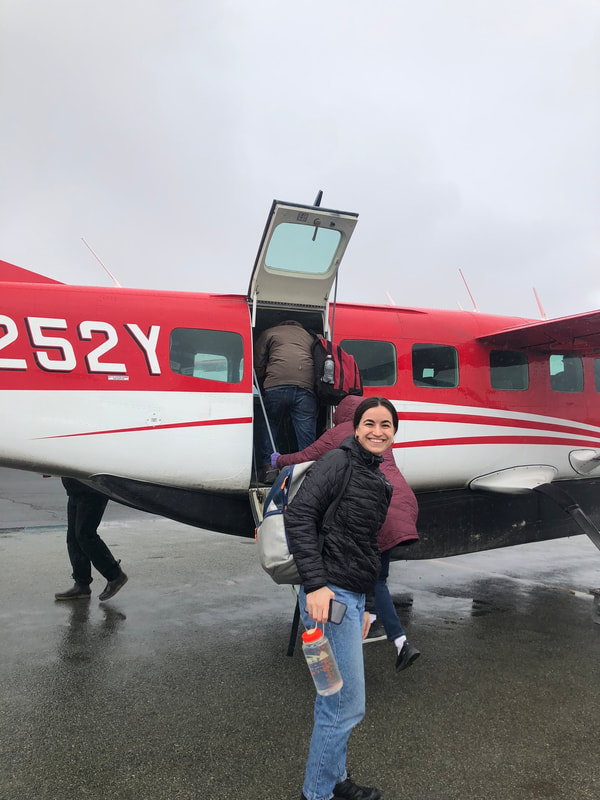
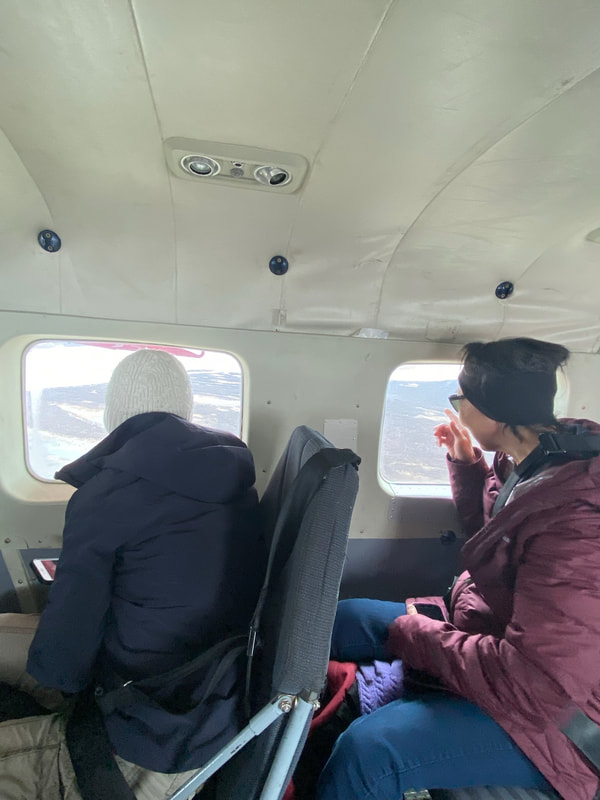
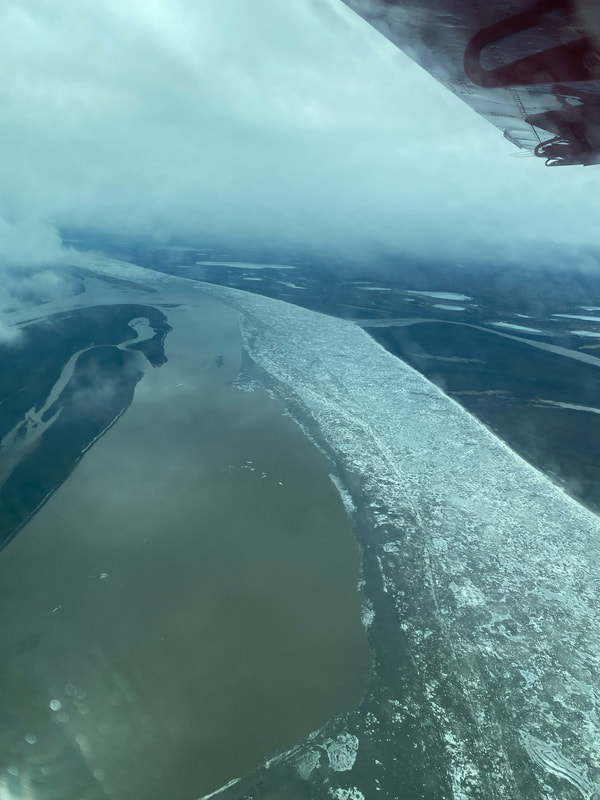
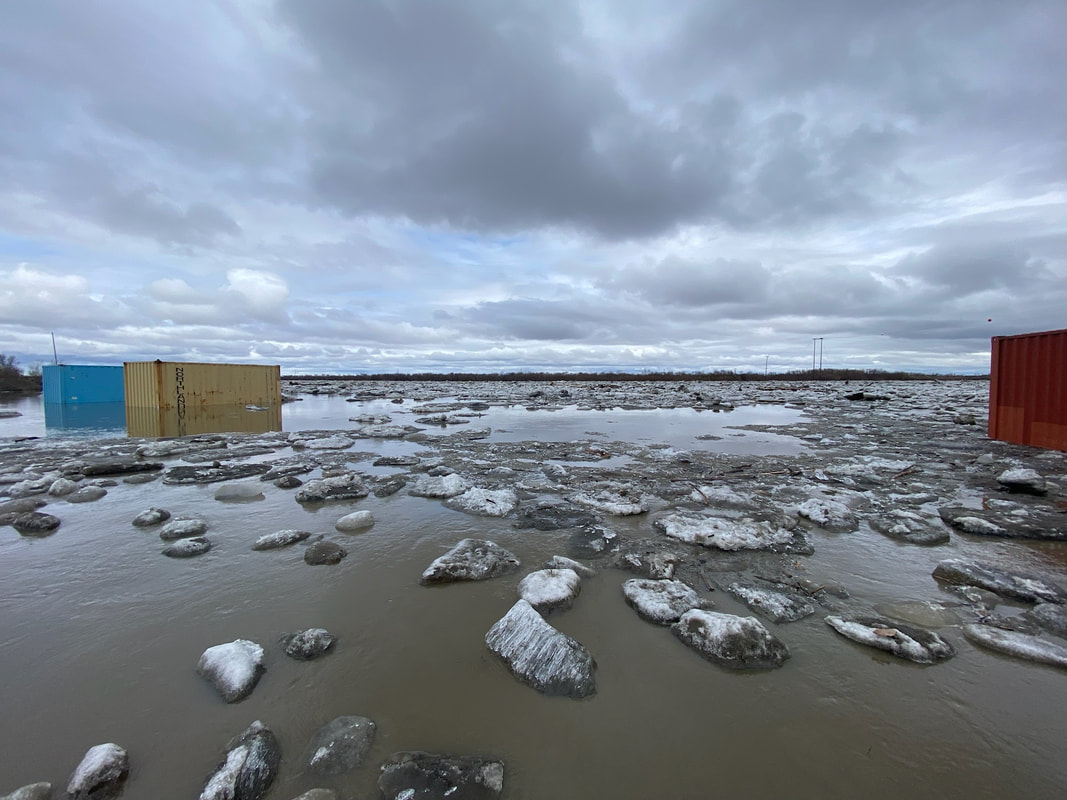
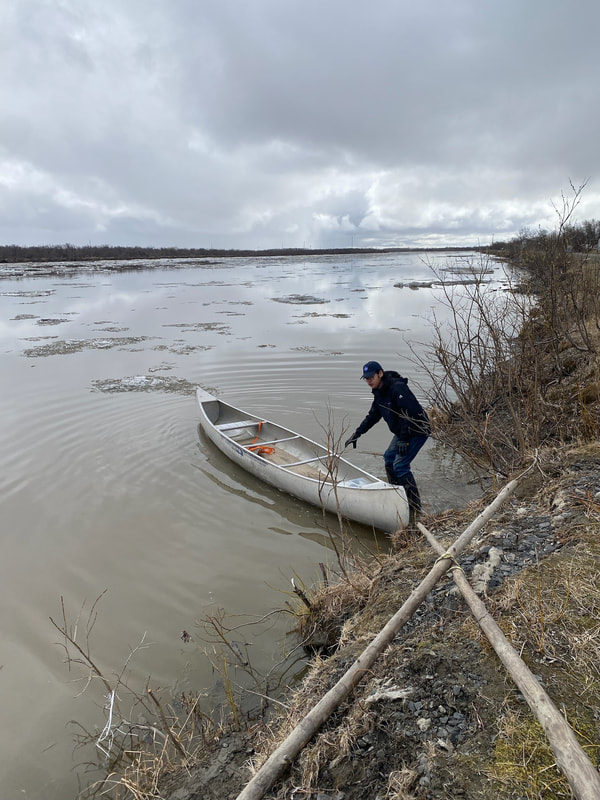
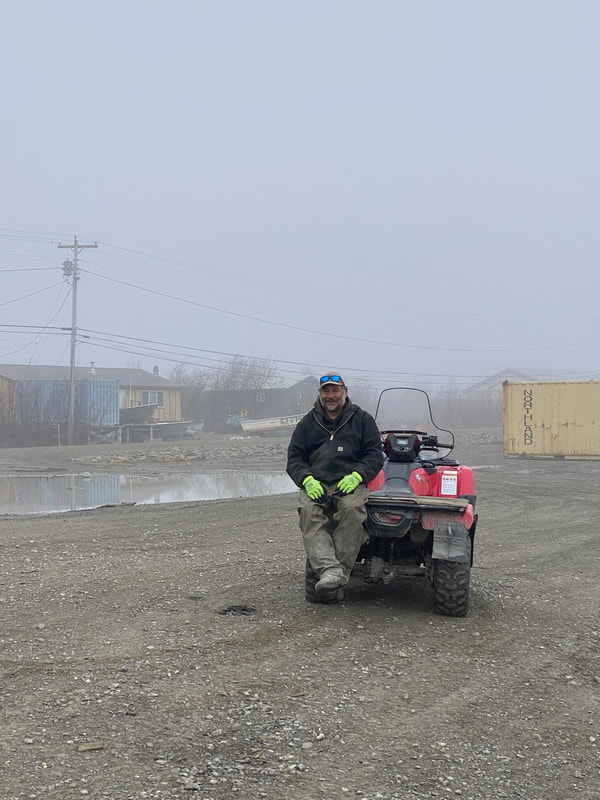
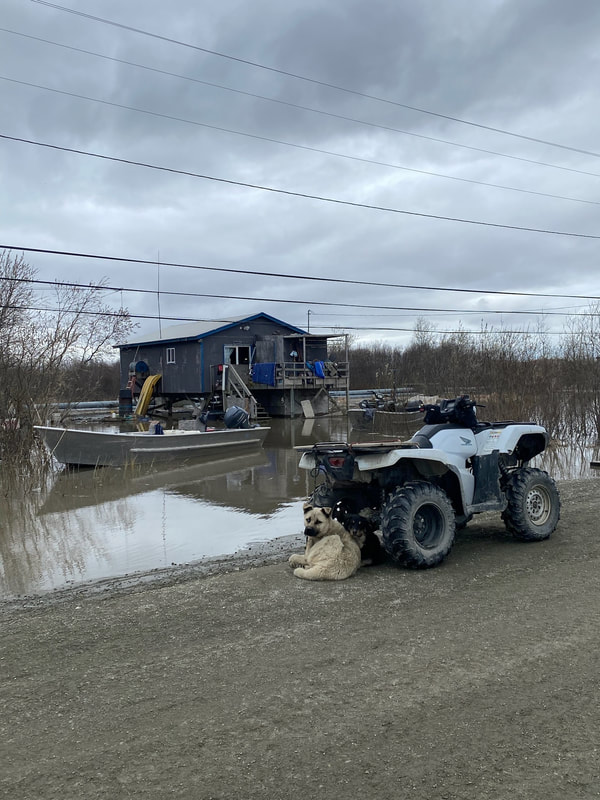
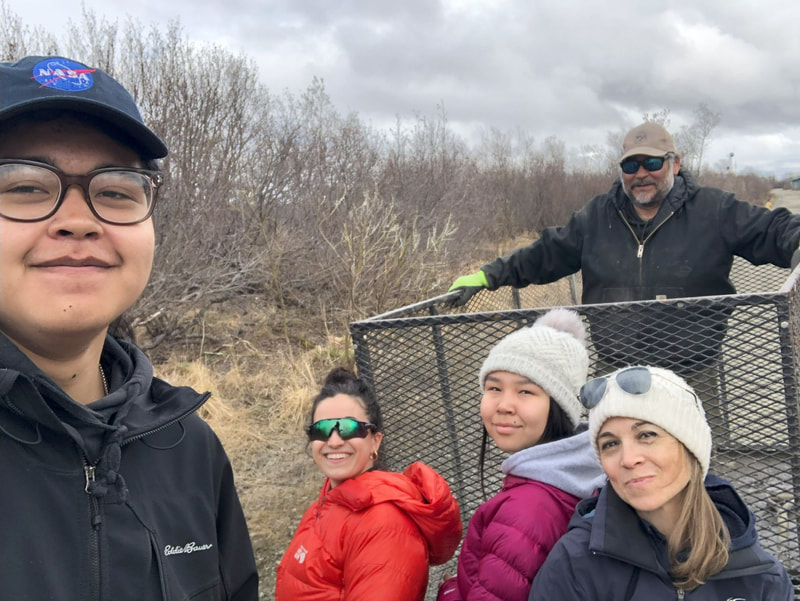
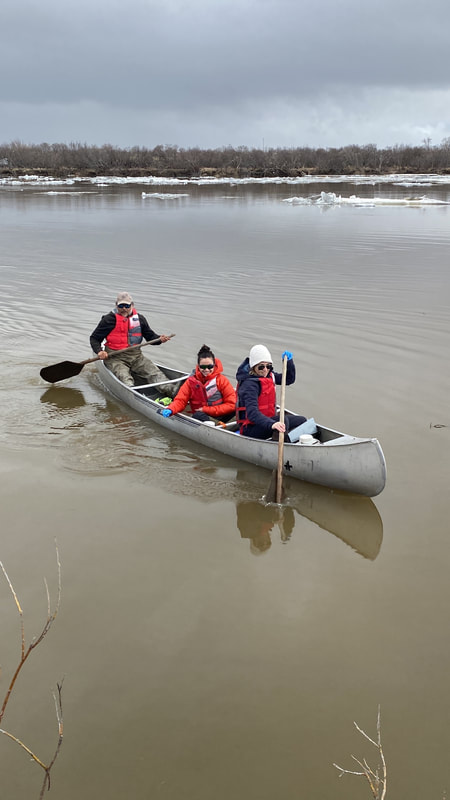
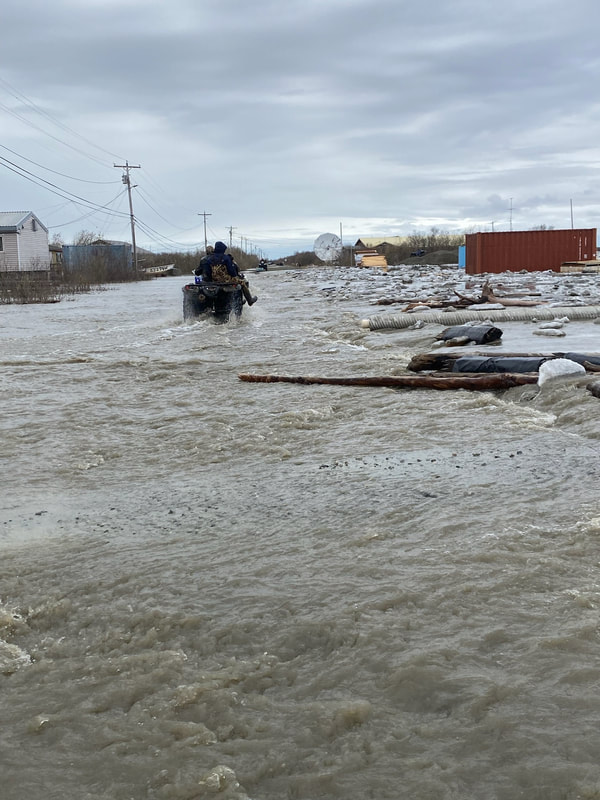
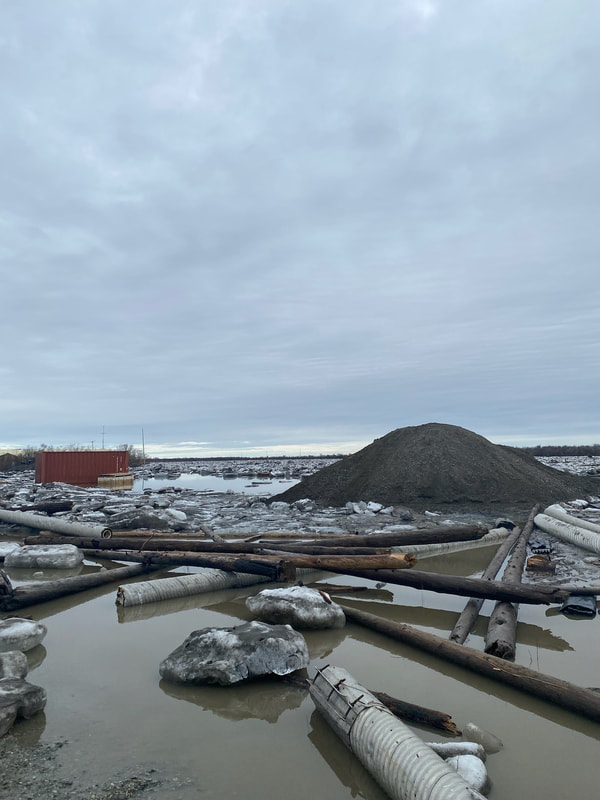
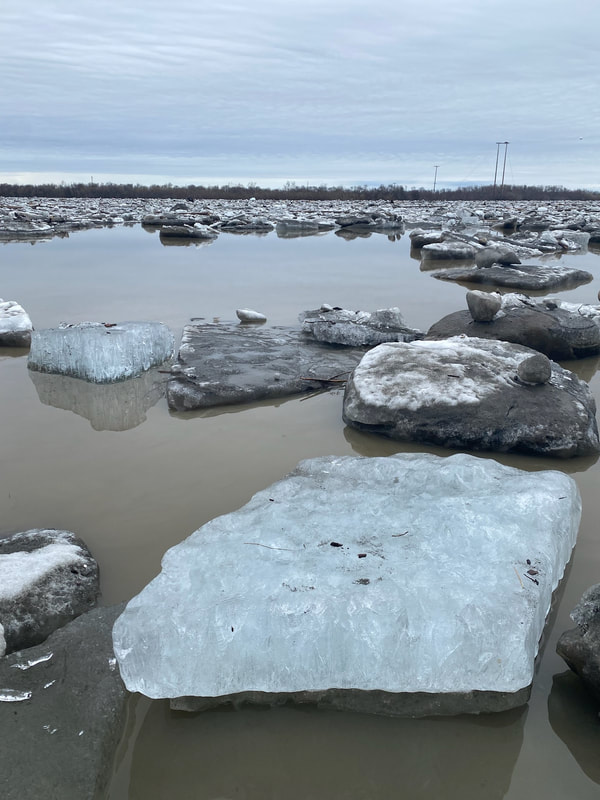
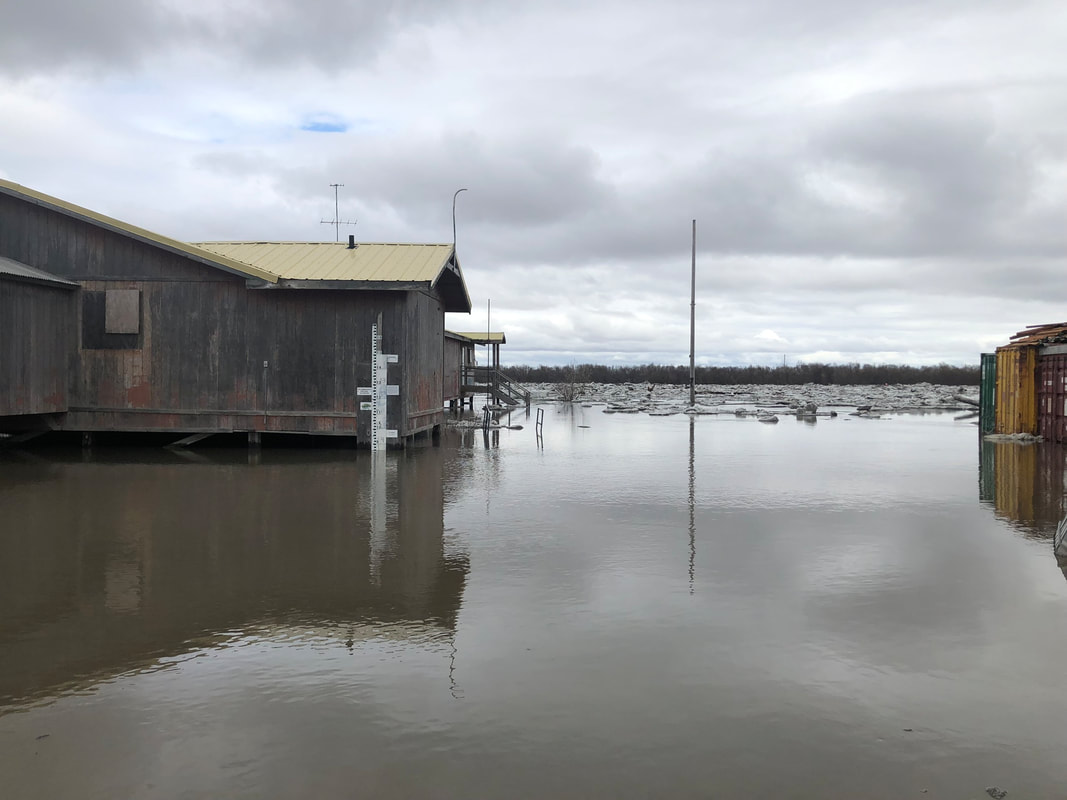
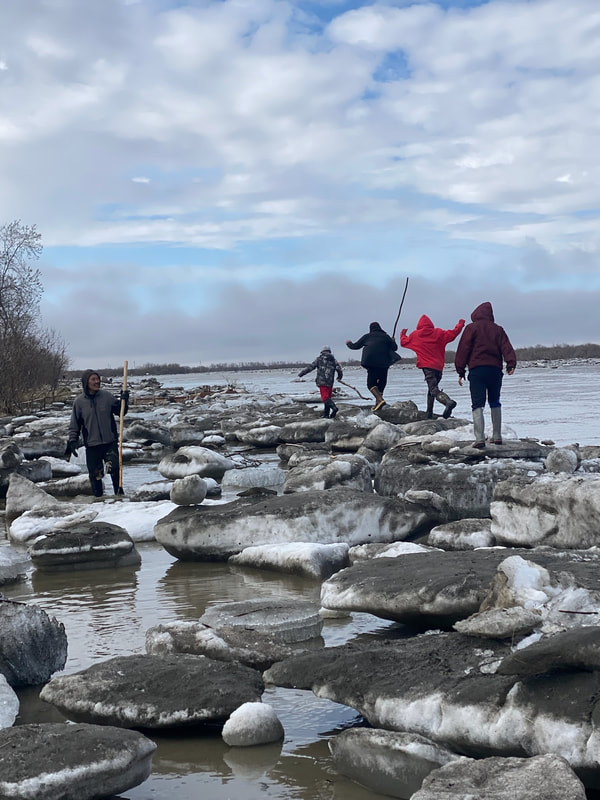
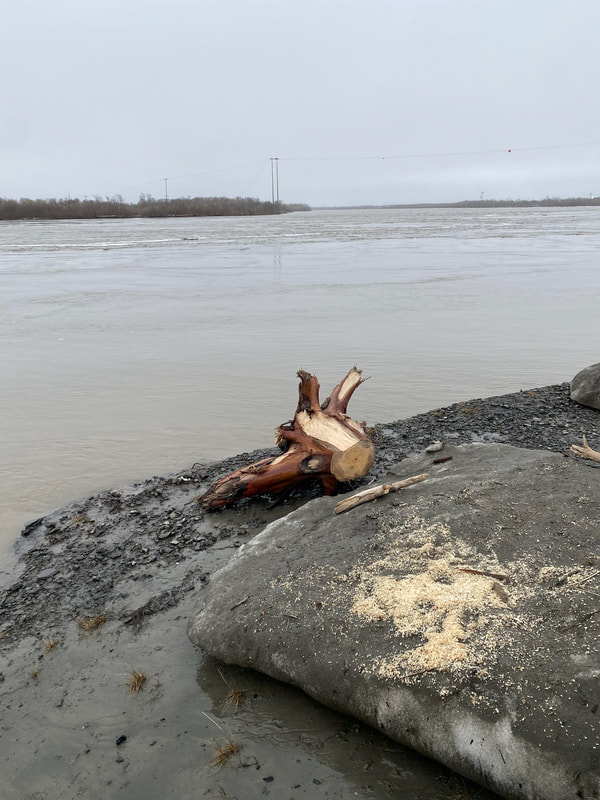
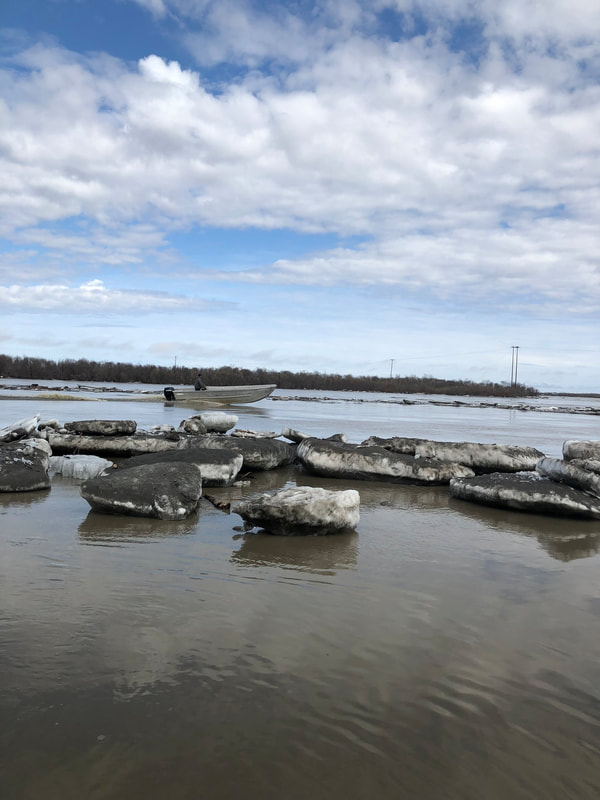
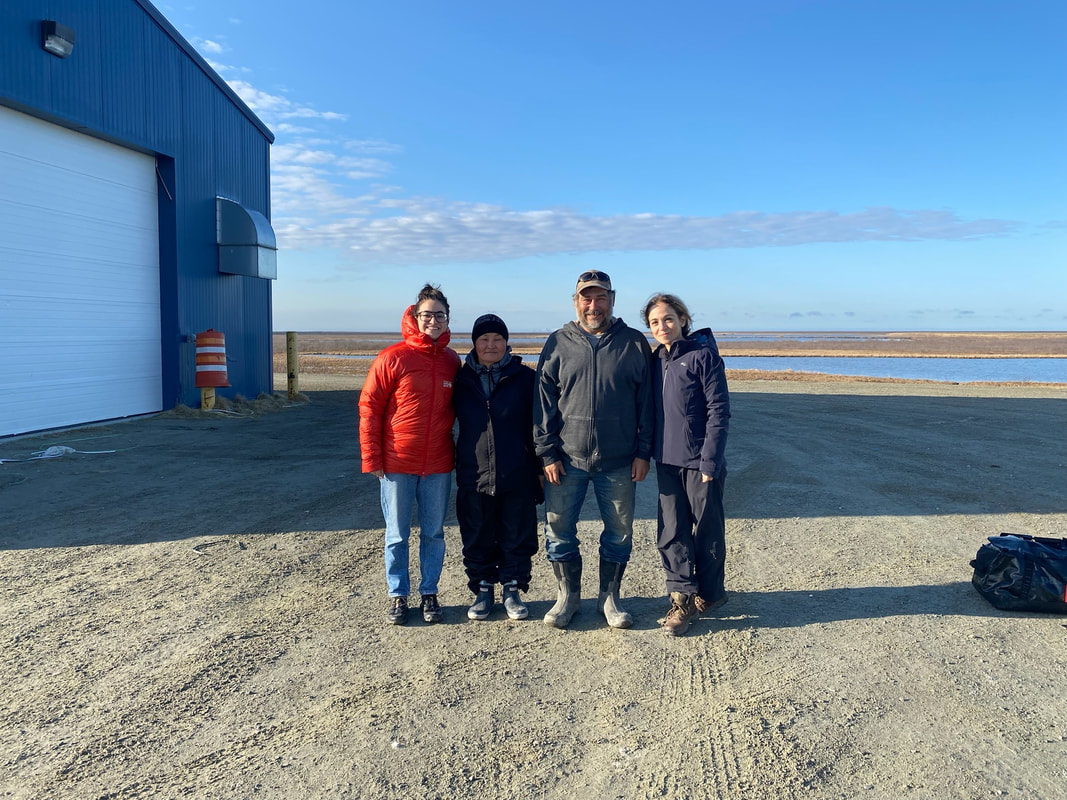
 RSS Feed
RSS Feed